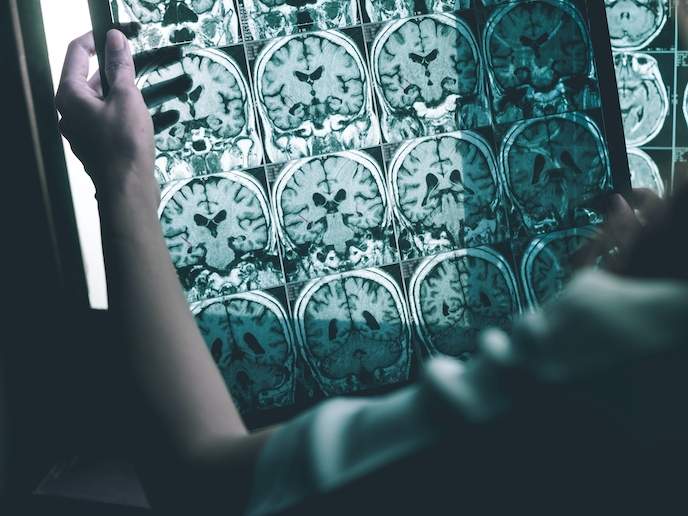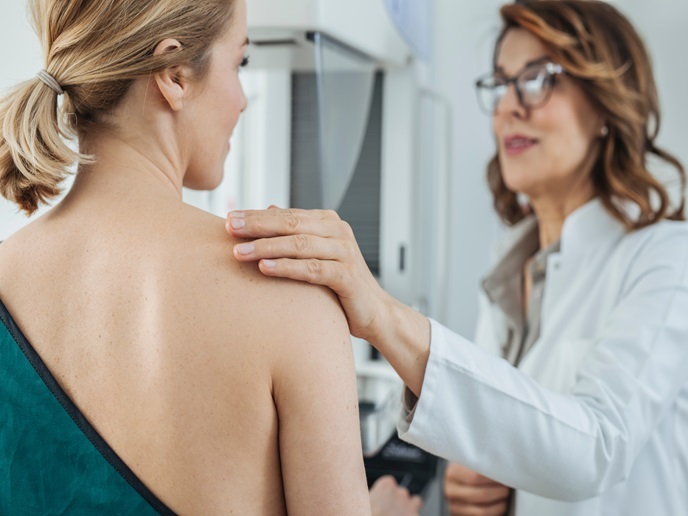Mind-reading software finds hidden signs of dementia
Dementia is the leading cause of dependency and disability among older people in the EU, affecting 10 million people, a figure which is expected to double by 2030(opens in new window). However, diagnosing dementia, particularly in the early stages, is difficult and relies in part on qualitative assessments. “Confirmed outcome of the disease is only done post-mortem, by looking at the brain,” says Mads Nielsen, coordinator of the EU-funded DEMO(opens in new window) project. “For this reason, any clinical diagnosis of Alzheimer’s is referred to as ‘suspected disease’.” Currently, doctors make these diagnoses using brains scans, which look at the shape and function of the brain, combined with patient interviews to assess factors such as memory recall. Together, these measurements are also used to distinguish between related conditions such as Alzheimer’s, vascular dementia, frontal lobe dementia, and so on. The DEMO project sought to improve upon this process by identifying and developing quantitative imaging biomarkers (QIBs) easily visible on MRI scans, and using these to model the likely trajectory of the disease. “The whole idea is to imagine you can measure 1 000 different things from the brain using an MRI, and then whenever dementia evolves in the patient, see if any of these change,” adds Nielsen. The standout QIB, says Nielsen, is currently volume of the hippocampus, which shrinks in Alzheimer’s disease. Other QIBs include brain morphology, vascular pathologies, shrinkage of various parts of the brain, and accumulation of pathological proteins. Many more measures could potentially exist, and this is what DEMO looked for.
Power to predict disease progression
Using historical longitudinal data from dementia patients, Nielsen and his team at Biomediq(opens in new window) used machine learning techniques to find changes in brain structure and function that offered predictive power for the presence and course of the disease. This data is now being implemented in another project, PMI-AD(opens in new window), funded by the EU Joint Programme – Neurodegenerative Disease Research(opens in new window). By improving QIBs, Nielsen hopes that patients can not only be diagnosed earlier and offered a more accurate and objective prognosis, but that interventions against dementia can also be validated. This is because the effects of various drugs trialled for dementia should be reflected in the QIBs. “Of course, you can look at whether function is improving qualitatively, but you also want to look into the brain to see if biomarkers support the conclusion that the drug is having a beneficial effect,” explains Nielsen. The DEMO project was funded by the Marie Skłodowska-Curie Actions programme(opens in new window). “Basically, this was a training network for young researchers, so another outcome is that these talented scientists have earned their PhDs through it,” notes Nielsen. The group are now aiming to trial the image scanning software in the United Kingdom and EU, with pilot studies planned in Denmark and Norway. Nielsen adds: “In 1 or 2 years hopefully we’ll see more widespread clinical use of this practice.”







